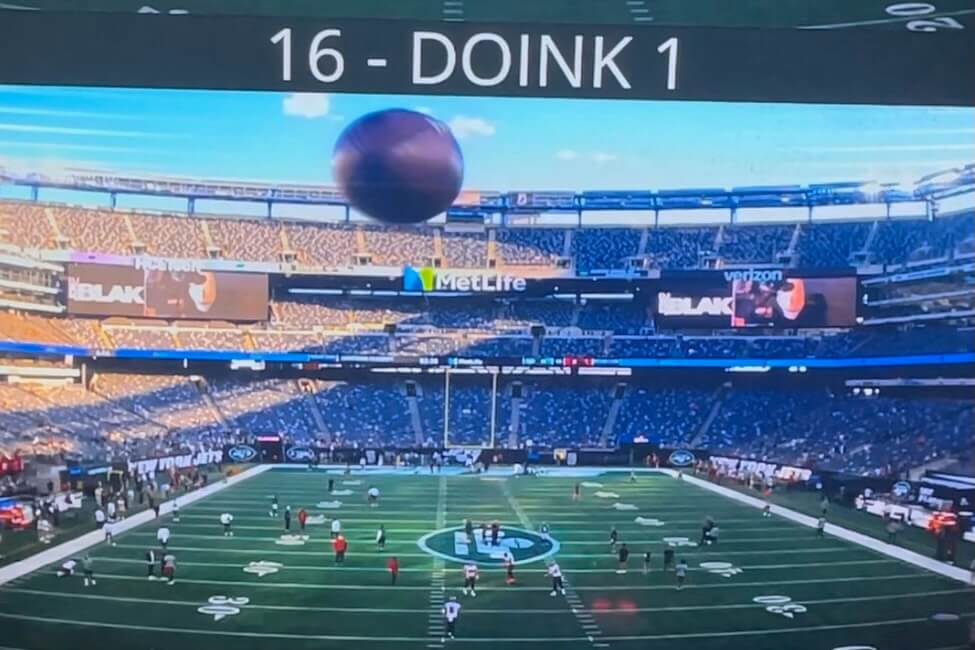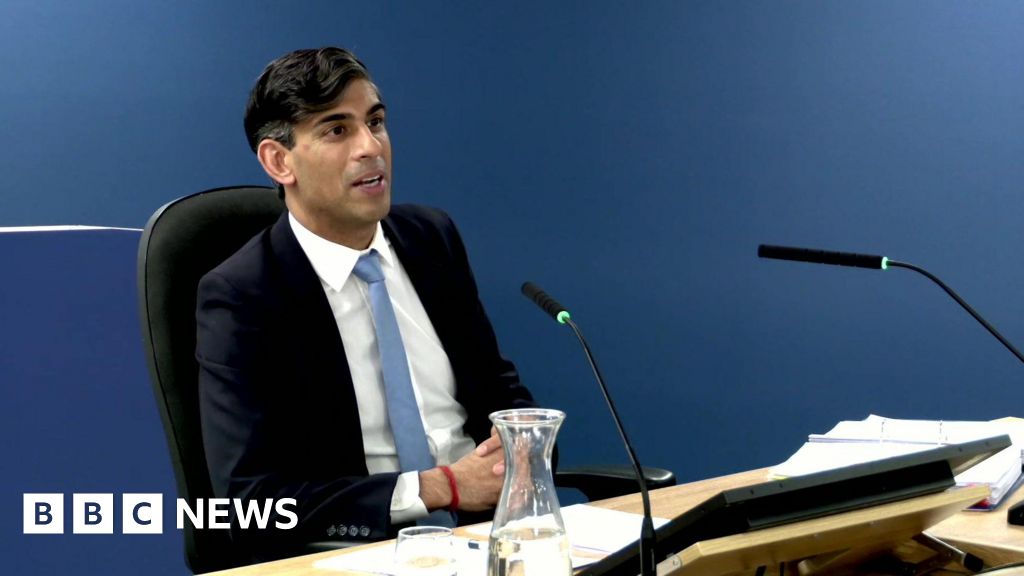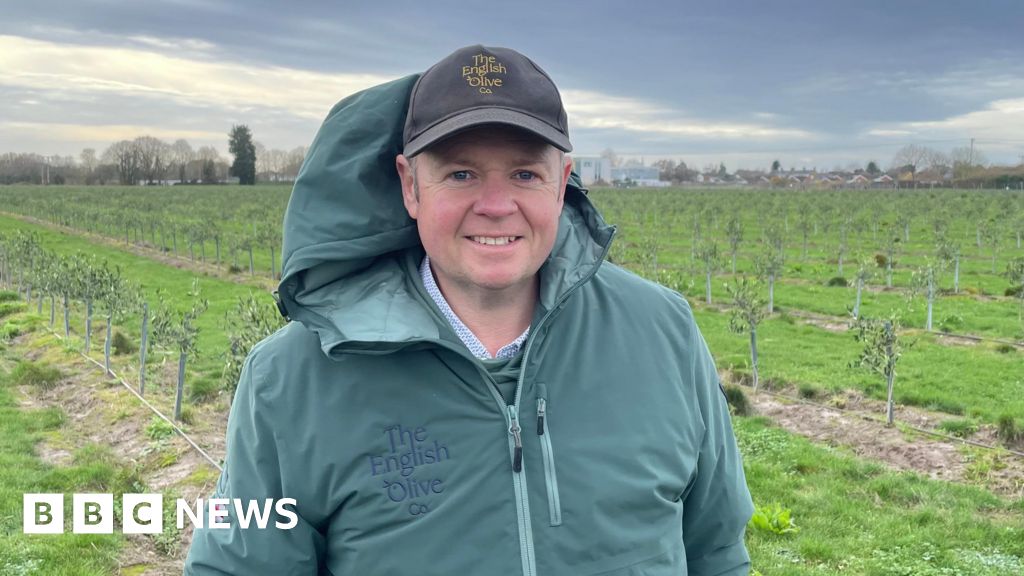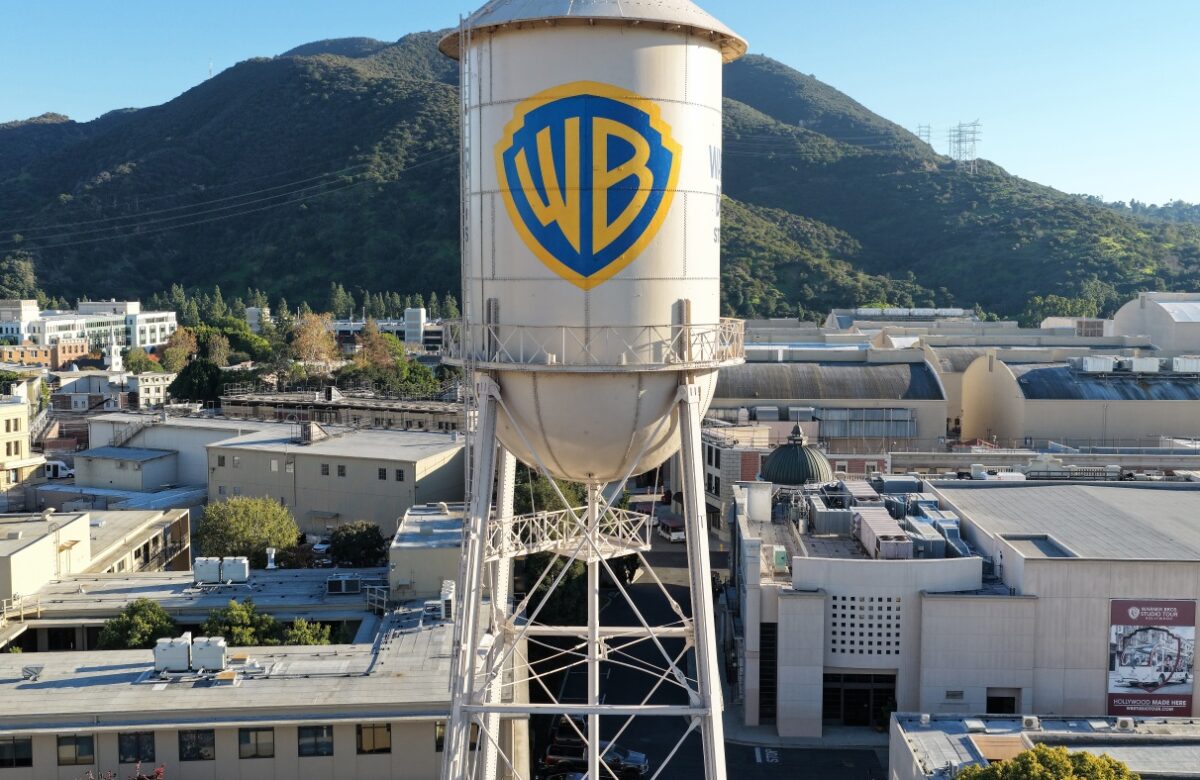
Welcome to the ‘Doink Cam’: How CBS’ Super Bowl TV innovation came to life
- Sports
- February 11, 2024
- No Comment
- 264
Harrison Butker has earned his reputation as one of the NFL’s great kickers. The two-time Super Bowl champion has made all 14 of his kicks in the Kansas City Chiefs’ postseason victories this season and has become as dependable in his art as Stephen Curry is at his.
But in a bit of great irony, it was a Butker missed field goal at last year’s Super Bowl that prompted an epiphany from Jason Cohen, a CBS Sports vice president of remote technical operations.
With 2:24 left in the opening quarter of Super Bowl LVII between the Chiefs and Philadelphia Eagles, Butker’s 42-yard field goal attempt smashed the top of the left upright at State Farm Stadium in Glendale, Ariz. (Said Fox broadcaster Kevin Burkhardt in describing the play: “So a good drive ends with the ‘doink!’”)
The kick is no good, still a tie game.
📺: #SBLVII on FOX
📱: Stream on NFL+ pic.twitter.com/VzXUvUzSa0— NFL (@NFL) February 13, 2023
It just so happened that Cohen and Mike Francis, a vice president of engineering and technology at CBS Sports, were sitting in the end zone where the kick was missed. As the sound of the miss reverberated in their section, Cohen and Francis looked at each other with excitement.
“The ball ricocheted off the pole and made this very loud sound — a ‘doink,’” Cohen recalled this week. “We looked at each other and I said, ‘We need a camera in the uprights.’”
Immediately after Butker’s miss, Cohen texted NFL’s senior director of broadcasting, Blake Jones, who was, well, working. He excitedly told Jones that he wanted to place a camera in the uprights at this year’s Super Bowl when CBS was airing the game. An amused Jones texted Cohen back immediately and said they should talk after the Super Bowl.
Months of planning and testing has produced a set of “doink” cameras for Sunday’s game. The CBS broadcast will feature six total 4K cameras that have been inserted into the Allegiant Stadium uprights of both end zones. Two of the cameras on each upright are positioned to face out to the field on a 45-degree angle. Another faces directly inward to get a side profile shot of the ball as it flies through. They have high-resolution zoom capabilities and super slow-motion replay capabilities. CBS will be able to get fantastic replays of any field goal or extra point, but the dream will be if someone hits the post for the doink.
“The doink camera isn’t just if it hits the upright,” said CBS Sports executive producer and executive vice president of production Harold Bryant. “If there is a field goal that’s tight, we have three different angles on each upright, so we can see it in three different positions.”
Immediately after he texted Jones, Cohen started digging around the internet and found a company, Sportsfield Specialities, that designs and manufactures sports construction equipment including football goalposts. He sent in a LinkedIn request during the game to the company’s director of sales. Cohen and his team ultimately spent months composing engineering drawings and schematics to make sure that the integrity of the uprights would not be compromised. Sportsfield helped CBS with the engineering of the pole and cutting holes. Cohen said Fletcher Sports, a speciality camera-capture company that often works with CBS Sports, designed the inserts that go into the uprights and figured out how to make the cameras fit.
The proof of concept initially came in a preseason game between the New York Jets and Tampa Bay Buccaneers on Aug. 19 at MetLife Stadium. Cohen and his group consulted with kicking analyst Jay Feely to get his perspective on where he thought might be a good place for the cameras.
“We presented our ideas early enough on this where we had a preseason plan,” Cohen said. “The NFL had time to evaluate the plan, and then come back to us with their feedback after the preseason test.”
The next live test came at Allegiant Stadium in October for a Week 6 game between the New England Patriots and Las Vegas Raiders. There had been plenty of trial and error to get to this point, but the doink cameras made their television debut for a successful kick.
Ryan Galvin, the lead replay producer for this year’s Super Bowl, explained how the process of a doink camera replay getting on the air would work in practical terms. At the Super Bowl, production specialist Amanda Smerage will run the machine that controls the six cameras from the uprights. They call it “DOINK” in the production truck. Steve McKee, who normally produces the team of Andrew Catalon, Matt Ryan and Tiki Barber but is working as a replay producer for this year’s Super Bowl, will monitor those cameras. He will alert Galvin if DOINK produces something memorable.

Doink Cam fits inside the uprights to give a unique view of field-goal and extra-point attempts. CBS will have three of them in each goalpost. (Courtesy of Jason Cohen)
Galvin, who has 60-something replay feeds at his disposal, ultimately has to decide what replays to use, including the doink cameras, in real-time throughout the game. Galvin loves the technology but is quick to point out that ultimately you have to produce the game in front of you and rely on the people around you.
“A brand-new look for the viewer can be tricky,” said Galvin, who will work his seventh Super Bowl. “Will it be slightly confusing? Can people ‘get it’ in six seconds? I’m not smart enough to answer that. I know that Jason Cohen and our entire operations team work incredibly hard to fill a toolbox of cameras and replay machines for our crew. My job is to get the best replay on the air when appropriate.”
Jones said that the NFL is always trying to identify the next broadcast innovation. For instance, pylon cam is now standard for major NFL games across all the broadcast partners. The Super Bowl often lends the opportunity to do something unique, and sometimes what debuts at a Super Bowl can become a standard in-game production.
Ultimately, such broadcast innovations are dictated by the networks because they are the ones that have to invest the budget and research and development. If the viewing public immediately falls in love with a certain camera, the NFL’s other media partners would certainly take notice.
“It used to be that sky cam was something you would only see at the big prime-time games,” Jones said. “Now that’s going into the more regular Sunday afternoon games. We’ll learn a lot after this week. In the end, these are network decisions that we’re supporting and facilitating rather than necessarily saying you have to have cameras X, Y, and Z. This one is a pretty unique use case, and you need a certain part of the game to happen a certain way to get that ‘wow’ factor. It’ll be interesting to see how it all plays out.”
“There is no history to go off of as to what is the perfect camera to catch the perfect doink,” Cohen said. “A part of this is going to be luck. Where will a ball possibly strike? What I’ll tell you is that we put cameras in different positions for the preseason game in August and the game in October where we looked at every possible angle, trying to see what the pros and cons were. … What we came up with is what we think are the right height, angle and wide-angle lens.”

A Doink Cam in place and ready to go inside a goalpost, with Plexiglass cover. (Courtesy of Jason Cohen)
Cohen said what testing revealed was it’s not just about the image of the football coming toward viewers, but viewers also needed to see the other goal post as a frame of reference to see if the ball went through or not. Sportsfield Specialities was able to get the cameras where CBS wanted them through custom fitting. There is a camera cylinder tube with a piece of unbreakable Plexiglass that gets slid into the pole through a back opening of the upright. “Think of it like there’s like a little door or a chamber in the back of the upright, and this little camera slot gets kind of inserted inward,” Cohen said. “Then a piece of Plexiglass that’s curved and gets pushed forward so that it’s completely flush with the rest of the upright.”
The doink cameras and proper wiring were placed inside the Allegiant Stadium uprights on Wednesday. Testing was scheduled for Thursday night, when the final field installation happens. There will also be a run-through on Friday. Cohen said he will be sitting in one of the CBS production trucks on Super Bowl Sunday with other CBS brass. He admits he’s rooting for a doink.
“Look, you never root for someone else’s misery, and I don’t want to put bad karma on the world and hope that field-goal kickers don’t do their job,” Cohen said. “But this is the kind of innovation that if someone hits the post and our cameras get a great look, it’s going to make us really feel happy about all of the work and effort we put into inventing this angle. So as they line up for kicks on Sunday, I’m definitely going to be holding my breath a bit.”

GO DEEPER
Super Bowl broadcast Q&A: Jim Nantz, Tony Romo and Tracy Wolfson on the big game
(Top photo of a monitor showing the view from “Doink Cam” during a test at a preseason game between the Tampa Bay Buccaneers and New York Jets: Courtesy of Jason Cohen)
#Doink #Cam #CBS #Super #Bowl #innovation #life









